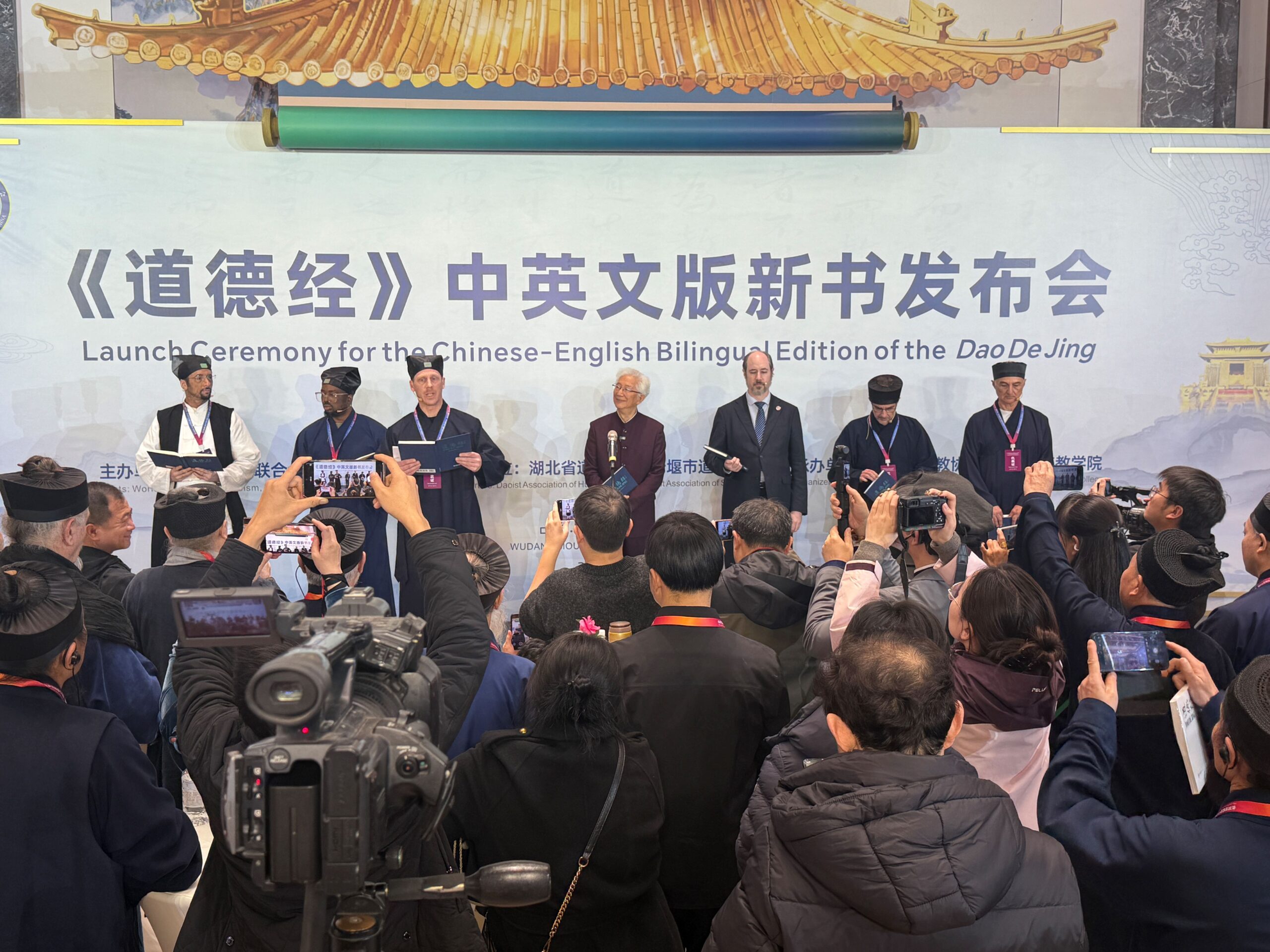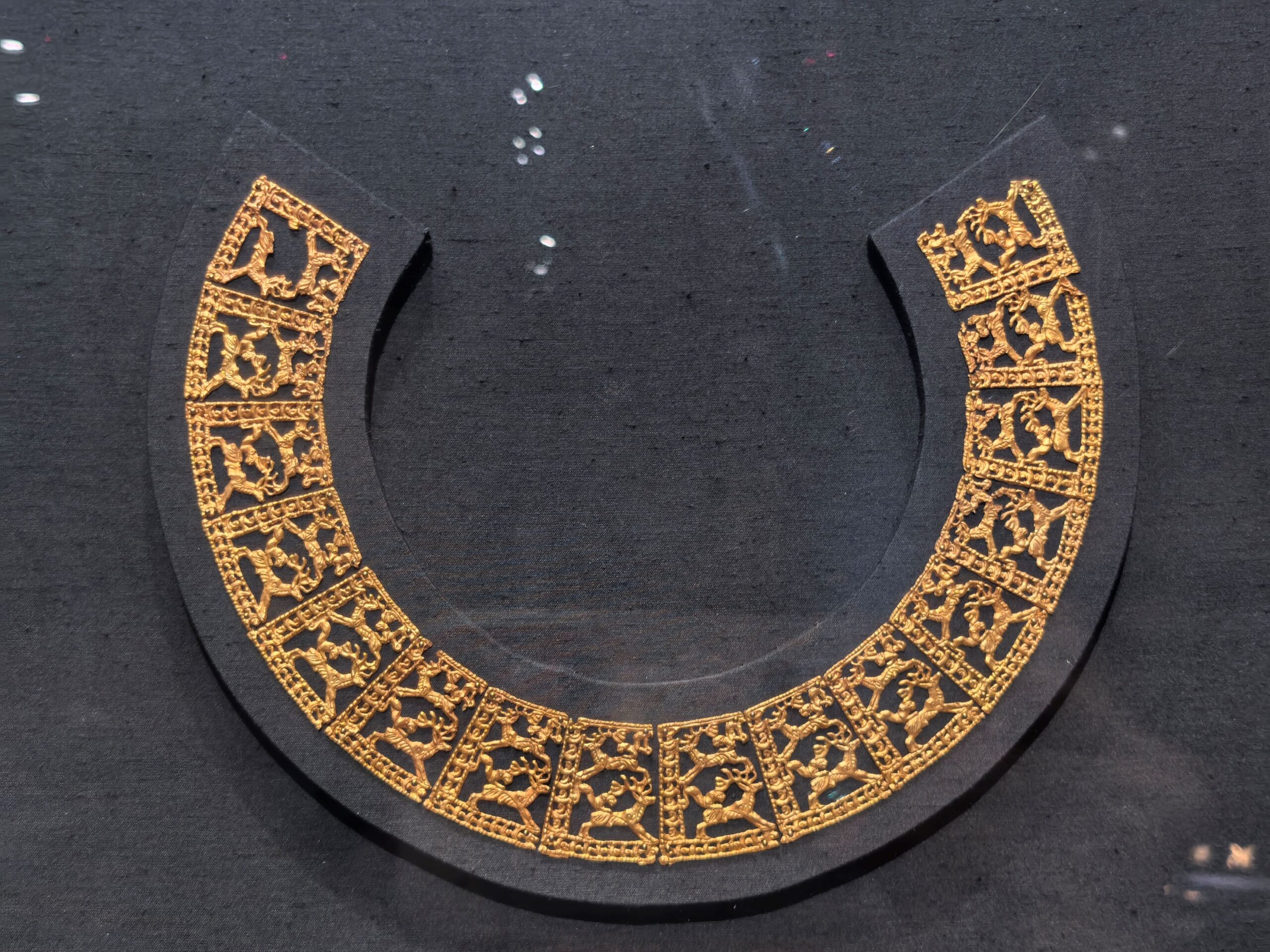A new bilingual Tao Te Ching offers a clearer way to explore Laozi’s philosophy and its global influence.
A new Chinese–English bilingual edition of Tao Te Ching made its global debut on November 25th at Wudang Mountain in Shiyan, Hubei. The release comes from the World Federation of Daoism and aims to offer readers a clearer and more authoritative version of one of China’s most influential classics.
A Classic Revived for Modern Readers
Tao Te Ching, written by Laozi more than 2,500 years ago, remains a cornerstone of Chinese philosophy. Its ideas about harmony, balance, and the flow of life continue to inspire thinkers and spiritual seekers around the world. Today, the book has more than 2,000 translations in over 90 languages, making it one of the most translated works in world literature.
Yet the abundance of versions also brings confusion. Different historical backgrounds, translation methods, and editorial styles have led to inconsistent wording and interpretation. Many readers struggle to find a reliable reference.
To address this, the World Federation of Daoism brought together scholars to produce a new bilingual edition. Their goal was simple: provide a text that practitioners, researchers, and general readers can trust.
Bridging East and West with a Bilingual Edition
For the Chinese text, editors used the Song Dynasty edition of Heshang Gong’s Section and Verse as the main source. They also consulted key archaeological discoveries such as the Dunhuang manuscripts, the Mawangdui Silk Texts, and the Bamboo Texts of Guodian. This process helped verify characters and clarify disputed passages.
For the English translation, the team chose F. H. Balfour’s 1884 version as the base. Balfour’s work marked an early and important moment in the text’s journey to the West. His translation uses concise language and reflects Taoist traditions, making it a strong foundation for readers today.
With this new edition, the editors hope to encourage deeper engagement with Taoist thought, both in China and abroad. More importantly, they aim to offer a stable reference that supports study, dialogue, and cross-cultural understanding.
If you liked this article, why not read: Zero-Sum vs. Hehe: What Causes These Different Thinkings?











